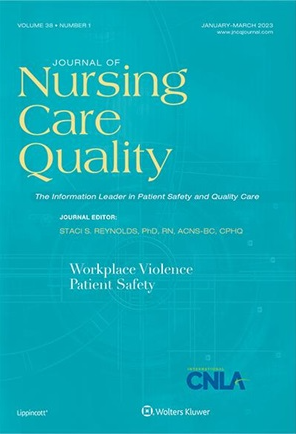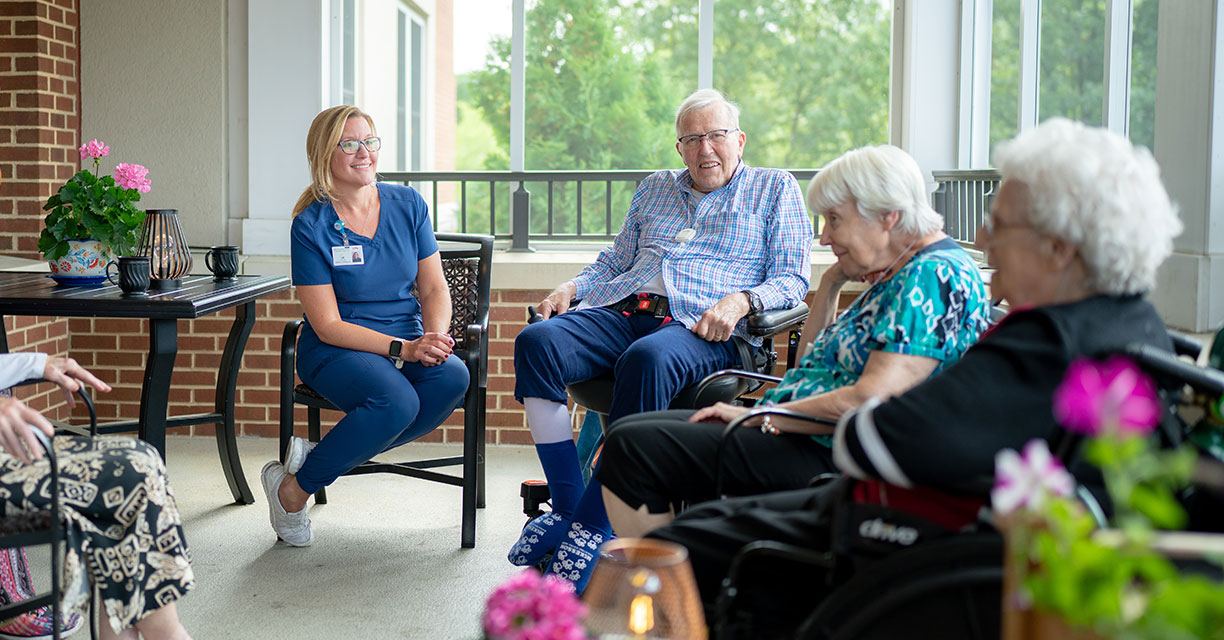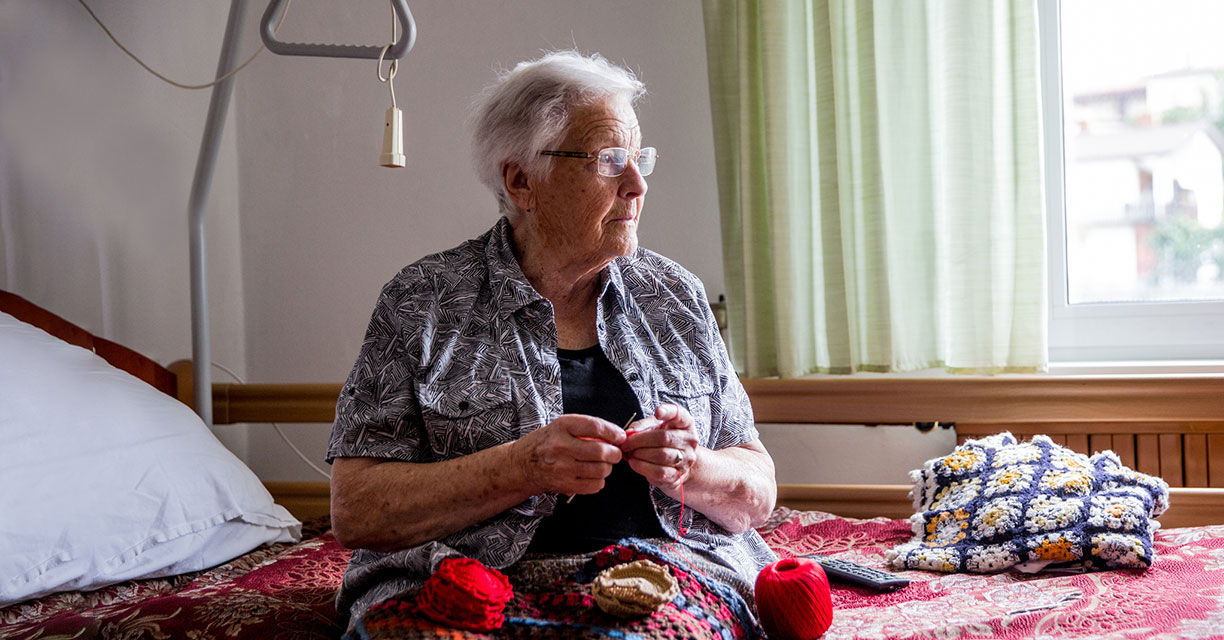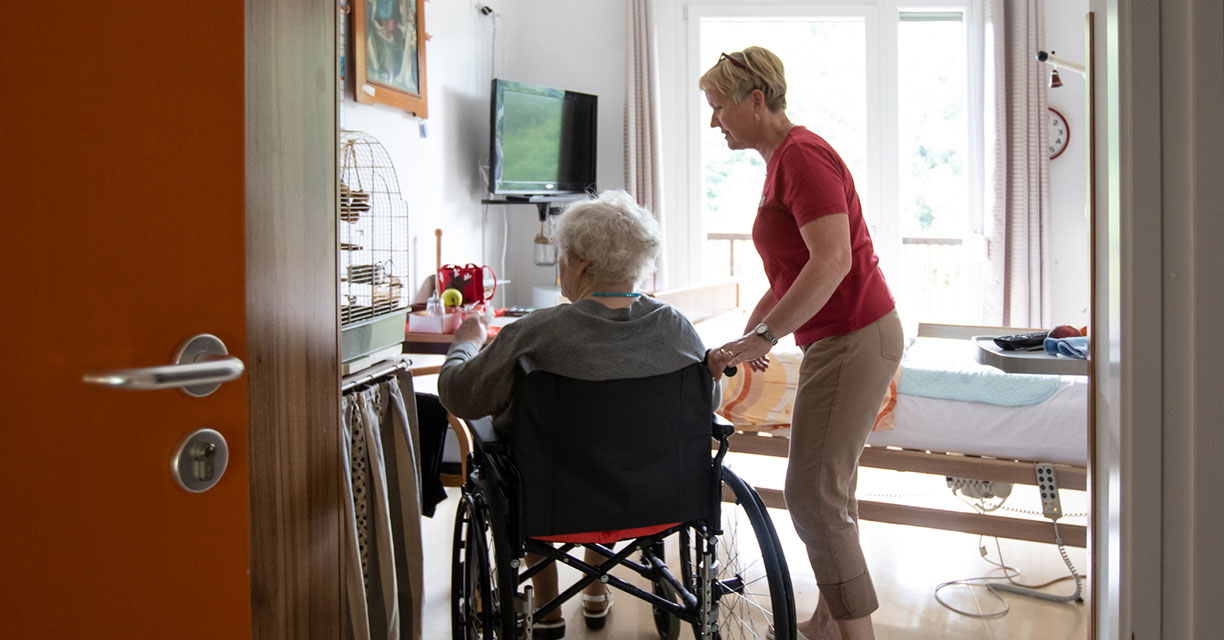Headline
Case study on nursing home adoption of the household model shows positive impacts on quality and resident satisfaction measures.
Context
The traditional nursing home model often leads to a perceived loss of resident autonomy and well-being. Nursing home residents experience faster health declines compared to those receiving care at home. Household model nursing homes address these issues by transforming nursing home units into homelike "households" to enhance emotional well-being and satisfaction. This case study applies a pre-post analysis to examine the impact of adopting the household model in a nonprofit nursing home. The case study explores model impact on quality of care, resident satisfaction, and operating costs.
Findings
The process to adopt this model involved assembling a team of professionals, including architects and consultants. The team reimagined the nursing home environment to resemble residential homes with an emphasis on living spaces, and created common spaces within small households, private rooms with baths, and kitchens. Additionally, a new staffing structure with a versatile workforce was introduced to increase direct care hours without significantly increasing labor hours and to be more aligned with residents’ natural schedules. Results from the analysis showed improvements in several quality measures, with statistically significant increases in resident-directed life and home environment preferences. Although there was an increase in daily operating costs due to more direct care labor hours, other expenses decreased, resulting in a net increase of five percent in daily operating costs.
Takeaways
This case study supports the adoption of the household model to address issues in traditional nursing homes. While there are challenges and costs associated with transitioning to this model, potential benefits include quality improvements and enhanced resident experiences.




